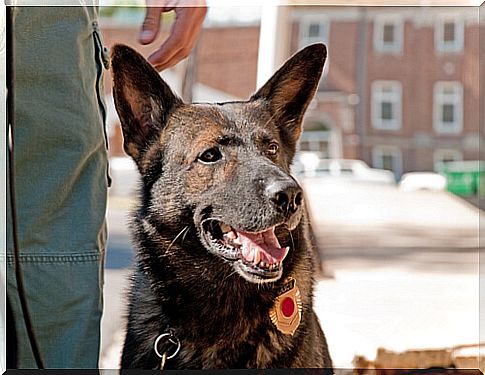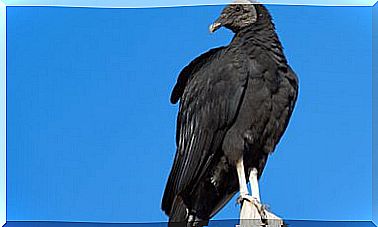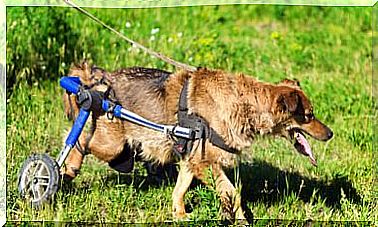The Life Of Police Dogs: Training And Retirement

It has been more than a century since police dogs joined the Security Forces and Corps, carrying out functions in which the olfactory sense is one of the main protagonists. In addition, the agility and attack capacity of these animals makes them the perfect rescue support and citizen protection.
In 1899 the Belgian Police carried out the first formal training of police dogs. Faced with the success of this canine unit, other countries followed the Belgian model, until the figure of the ‘agent dog’ became a worldwide reality. With regard to the Spanish case, the training of these dogs was delayed until 1945.
The life of police dogs can be divided into three stages: training, police service, and retirement. The first two are characterized by the dog’s obedience and fidelity to its human guide, while the last stands out for the integration of the animal in a home unrelated to the strict activity carried out previously.
Police dog training
When it comes to selecting the dog, it is preferred to choose breeds such as the German shepherd, the Belgian shepherd or the l abrador. Occasionally, the beagle, the braco, the doberman or the Spanish water dog have also been used.
Among the possible candidates, the agents carry out a first contact evaluation, checking their willingness to work and to obey orders. The chosen animals will begin their training around the first year of age, with socialization as a fundamental aspect. Police dogs, before learning specific functions, must get used to all kinds of environments, people and noises, and they must also be able to attend to their instructor without getting lost.
The main training method aims to enhance the olfactory system of the animal, through the search for an object and the subsequent reward after its encounter.

In addition to the importance of the coach, there is having facilities equipped with everything necessary to simulate risk situations. In them, the dogs will be taught to detect drugs and respond passively, with the mere location of the substances, or actively so that they bark or bite wherever they are.
The rescue of people, the search for missing or suspects or the location of explosive devices are some of the most important missions. Normally, each animal, according to its abilities and skills, is specialized in a specific function. One of the most recent is the location of banknotes in legal tender, given the characteristic smell of the ink they contain.
Retirement or early retirement
Whether due to lack of fitness, illness or old age, there is a time when the service of the police dogs comes to an end. Most of the time these animals are adopted by people outside the police activity. However, not every profile may be suitable for living with these animals.

Agencies that carry out these types of adoptions often conduct forms and interviews with stakeholders. In them they value the characteristics of the future owners, those of their environment and the needs of the selected dog.
When it comes to welcoming these dogs, it is necessary to take into account the strict trajectory that they have followed, for which it is necessary to know that, although they may excel in obedience, they will have deeply ingrained behaviors.
On the other hand, those who retire due to illness or lack of skills may require special care that is not always easy to provide.
In any case, the final objective of adoption is to provide the animal with all the affection that it has not been able to choose during its police period, so that it can spend the rest of its life as pleasantly as possible.









